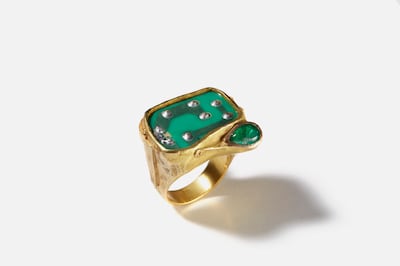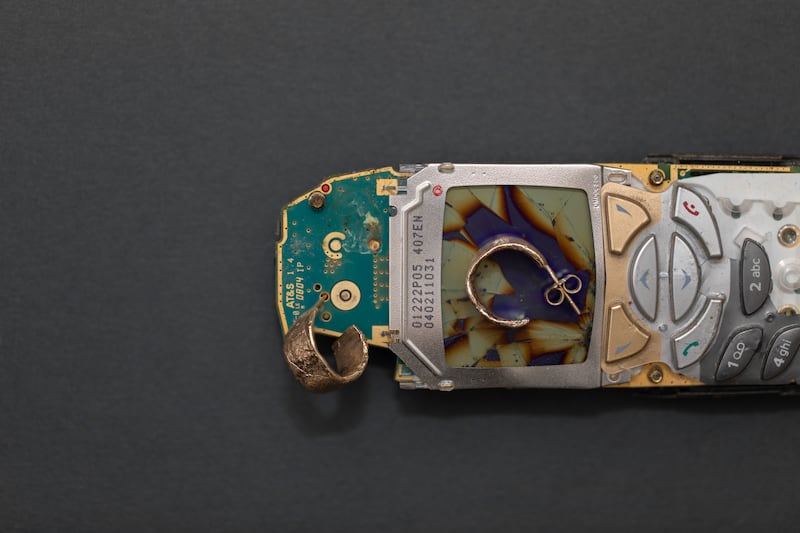From desert island chests to ancient Egyptian tombs, tales of hidden gold have formed the basis of legend for centuries. But for modern day hunters, there is gold to be found in plain sight — piled as far as the eye can see among the world’s growing number of e-waste graveyards.
These sprawling, ever-growing dumping grounds are the final resting place for the world’s old laptops, mobile phones and other unwanted electronic devices. And contained within each are valuable supplies of gold, silver and other precious metals.
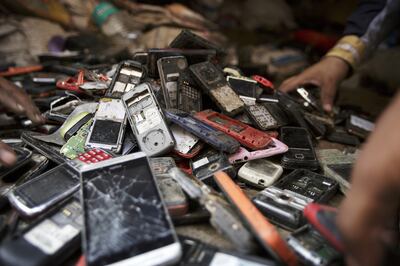
“For one tonne of earth mined, you’d get a yield of roughly nine grams of gold,” says Eliza Walter, founder of British sustainable fine jewellery brand Lylie. “But for every tonne of e-waste mined, you’d get around 300 grams of gold.”
Founded in 2017, Lylie was one of the first jewellers in the UK to use e-waste in its sourcing, and has since evolved to launch its own in-house gold exchange programme, which can then be mixed with the salvaged metal. “We use exactly the same goldsmithing techniques as classic Bond Street jewellers like Boodles or Cartier,” Walter says. “It’s precisely the same process. It’s just the sourcing of those materials that we’re using that’s different.”
Lylie works with e-waste partners in the UK to source the metals from the motherboards of items such as games console controllers and PCs, shreds them into small pieces, and then puts them through various chemical baths to remove harmful toxins, making them safe to be transformed into bespoke pieces. It can take up to 17.5 old mobile phones to yield enough gold to make one wedding ring.
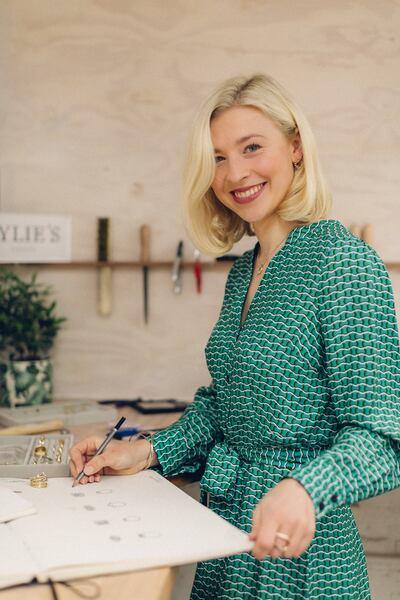
The idea for Lylie, Walter says, was first planted during a school trip to a foundry when she was 16. “We learned about this huge e-waste problem that humanity is facing, and how this waste contained gold,” she says. “That always stuck in my brain.”
In fact, it is estimated that about seven per cent of the world’s total gold supply is sitting in unused electronic goods. In a 2020 report, the United Nations estimated that, each year, more than 50 million tonnes of e-waste is generated globally, with more than $10 billion worth of gold contained within. By 2050, the UN estimates that figure will rise to more than 120 million tonnes.
With sustainability becoming a non-negotiable for many luxury consumers, a growing number of jewellery brands are turning to e-mining when sourcing metals. Dutch brand Pandora, one of the world’s largest jewellery makers, has pledged to ensure that the gold and silver used in its pieces is 100 per cent recycled by 2025, some of which will be sourced from e-waste.
“A complete shift to recycled silver and gold will reduce CO2 emissions, water usage and other environmental and social impacts, as metals recycling requires fewer resources than mining new metals and reduces our dependence on hazardous mining,” the brand said when it made the pledge in 2020. “By making this shift, Pandora can save 37,000 tonnes of CO2 emissions a year. This equates to more than the annual electricity use of 6,000 homes or driving 145 million kilometres in a car.”

Meanwhile, The Royal Mint, the UK’s maker of coins, has partnered with Canadian clean tech start-up Excir to build the UK’s first plant dedicated to the safe recovery of metals from e-waste, and is scheduled to be fully operational by the end of this year.
“We estimate that 99 per cent of the UK’s circuit boards are currently shipped overseas to be processed at high temperatures in smelters,” says Sean Millard, chief growth officer at The Royal Mint.
“As the volume of electronic waste increases each year, this problem is only set to become bigger. When fully operational, our plant will be the first of its kind in the world — processing tonnes of electronic waste each week, and providing a new source of high quality gold direct to The Royal Mint.”
Another British brand, Oushaba, which takes its name from the Arabic word for alloy, is not only sourcing metal from e-waste, but incorporating it into its designs, with pendants made from old USB sticks or bracelets made from old phone charging cables.

“There are other jewellery brands using gold e-waste, but we are really trying to put the e-waste fragments at the heart of each piece,” says Gillian Carr, co-founder and managing director of Oushaba.
The brand launched earlier this year with its first made-to-order collection, titled Connection Salvaged, an idea that was born out of lockdown. “We were so connected to our friends and family through technology and our phones,” Carr says.
“But the crazy thing is that we upgrade them on average every 18 months; there is so much waste created. And 80 per cent of e-waste isn’t recycled properly, so it does end up in landfills. It’s often shipped off to other countries — it’s just not a tenable situation.
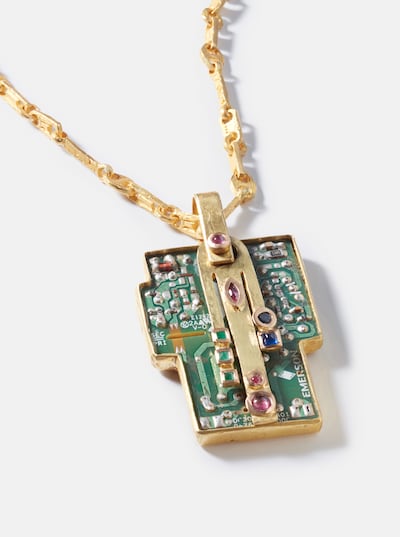
“We really liked the idea of drawing attention to that environmental problem, but also challenging people’s ideas about what is luxury and what is waste. We’re dealing with these waste fragments, but we’re housing them in solid 22 karat gold or combining them with responsibly sourced diamonds and emeralds. Our aim is to get people to see the beauty in what is considered waste,” Carr adds.
For now, brands using e-waste in their designs are helping meet the growing demand for circularity and sustainability within the luxury market, but they are also paving the way for dealing with future problems the gold market is set to face — preservation.
Take luxury French house Courbet for example. Launched in 2018 in Paris’s famed Place Vendome, Courbet uses only gold sourced from e-waste, alongside lab-grown diamonds. “Surely it’s our responsibility to work with gold that has already been mined, rather than digging deeper and deeper in search of new supplies?” a representative from the brand tells Luxury. “We only sell pieces made of 18k gold and the most beautiful diamonds, according to the Place Vendome’s standards.”
Gold is, by nature, a finite resource. Most recent estimations by the US Geological Survey put current below-ground stock at about 50,000 tonnes. To put that in perspective, it is believed about 190,000 tonnes of gold has so far been mined in total, with experts estimating there is only 20 per cent of Earth’s gold left to be mined. Once that is gone, the only source of gold left will be found above ground.
“It’s slightly dystopian,” says Walter. “We will be digging up our waste streams and pulling out old e-waste in the future in order to source these precious metals. But that’s a good thing, in some respects, because it’s just going to sit there, not disintegrating.
“I think we are going to see a really big shift in the next few years in the jewellery industry,” she adds. “Consumers are becoming so much more savvy and educated on the sourcing of the metal. It’s really exciting to be able to help educate people in jewellery.”
